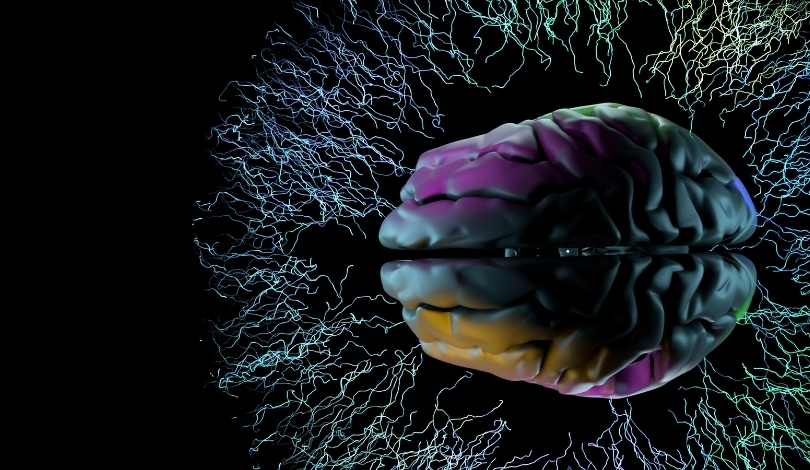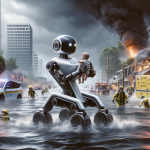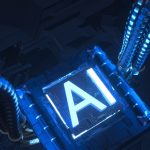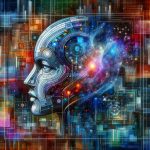Executives and strategists are contending with artificial intelligence systems that go beyond pattern imitation to generate novel solutions in complex domains. The role of creative AI in organizations is shifting from an auxiliary tool to a central force in hypothesis generation and discovery. This shift challenges traditional concepts of creativity often associated with human intuition and experience, as AI demonstrates an ability to methodically search vast solution spaces that humans find inaccessible. As AI capabilities expand, leaders need to rethink the division of labor between human judgement and machine-led invention.
Earlier reporting on highlights like DeepMind’s AlphaTensor, GNoME, and AlphaFold 3 focused on their technical milestones—such as advanced algorithm discovery or protein structure prediction—without delving deeply into the evolving interplay between AI and executive decision-making. Recent analyses now emphasize not just machine capability but its influence on organizational processes and the importance of combining AI-generated options with human selection and oversight for practical application.
How Is AI Creating and Proving New Concepts?
AI systems such as AlphaTensor have uncovered algorithms in mathematics that surpass longstanding human solutions, marking a clear move from pattern emulation to validated invention. Similarly, GNoME proposed millions of new crystal structures, with hundreds of thousands shown to be stable and now under experimental review for applications in industries like battery and semiconductor manufacturing. The release of AlphaFold 3 demonstrates AI’s growing sophistication, modeling the interactions of biological molecules, a significant step for pharmaceutical research and development. Remarks from company representatives reflect this transition:
“AlphaTensor has not just learned, but invented new, provable algorithms,”
and,
“AlphaFold 3 expands drug discovery by accurately predicting molecular interactions.”
What Human Qualities Remain Irreplaceable?
While AI extends the boundaries of what can be discovered computationally, analysts note its absence of human attributes like intuition, emotional engagement, and sensitivity to cultural context. These elements continue to influence which ideas gain traction and succeed in the market. Machines generate options, but only humans can shape these options with narrative, ethics, and values essential for organizational momentum and societal acceptance.
How Should Leaders Integrate AI Into Strategic Portfolios?
Leaders are urged to move beyond limited pilot projects and integrate AI as a core component of innovation portfolios, running large-scale searches and relying on validated metrics for selection. Organizations are advised to separate the generation of options—AI’s strength—from the evaluation and strategic selection, where cross-disciplinary human input ensures alignment with regulatory, market, and ethical considerations. Rapid cycles of hypothesis creation and real-world measurement can create competitive advantages, especially when AI-driven design is linked to automated experimentation and manufacturing.
To fully leverage creative AI, organizations are being guided to treat search and hypothesis generation as strategic capabilities. Human judgment must be structured and disciplined to sift through the increasing volume of AI-proposed options, while governance models need to address risk, openness, and explainability. The interplay between machine scale exploration and human choice will define which organizations can sustainably harness AI for research and product development. Readers should note that as AI systems continue to enter new domains, the importance of ethical frameworks, actionable testing, and a cross-functional approach to selection becomes even more vital. Developing expertise in managing and integrating these dual strengths will be essential for leaders looking to innovate responsibly and effectively.










